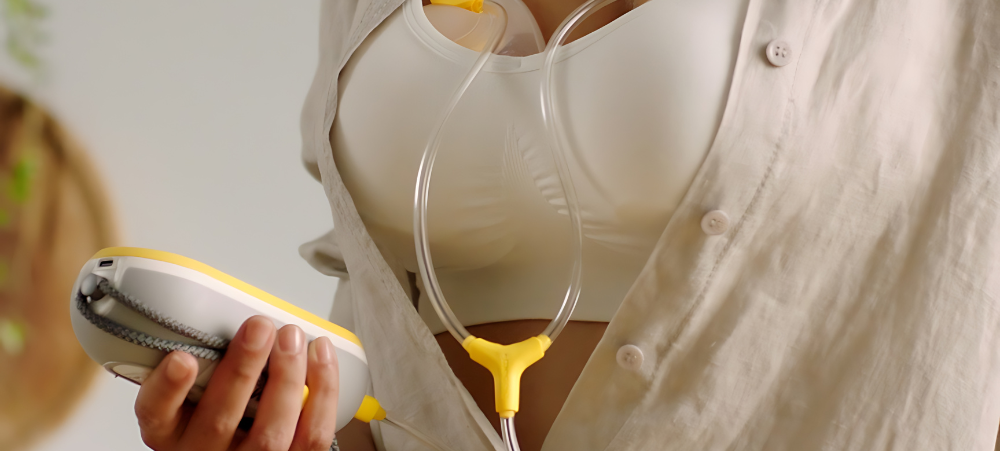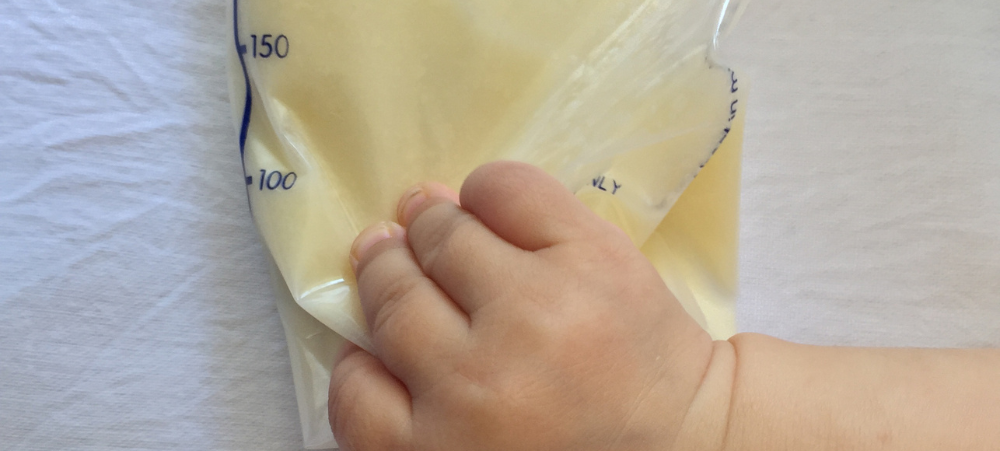
Tips for Breastfeeding in Public: Confidence and Comfort
Breastfeeding is a natural and healthy way to feed your baby, but doing so in public can be a daunting experience for many mothers. Concerns about privacy, societal judgment, and personal comfort can create anxiety, making it challenging to breastfeed confidently outside the home. This article provides tips to help breastfeeding mothers in South Africa feel more comfortable and confident when breastfeeding in public, ensuring a positive experience for both mother and baby. Understanding Your Rights Before diving into practical tips, it’s essential to understand your legal rights regarding breastfeeding in public. In South Africa, the law protects the right to breastfeed in public spaces. According to the South African Department of Health, mothers are encouraged to breastfeed their children wherever and whenever needed. Knowing and understanding these rights can empower you and reduce anxiety about potential confrontations or negative reactions. Choose Comfortable Clothing One of the most practical steps to increase comfort while breastfeeding in public is choosing the right clothing. There are several options designed to make breastfeeding easier and more discreet: Nursing Tops and Dresses: These garments have hidden openings or panels that allow easy access for breastfeeding without exposing too much skin. Button-Down Shirts: These provide quick access to the breast and can be paired with a nursing bra for additional convenience. Nursing Bras: These bras have cups that can be easily unclipped and folded down, making breastfeeding more straightforward and comfortable. Choosing clothing that you feel comfortable and confident in can significantly impact your breastfeeding experience in public. Practice at Home Practicing breastfeeding at home can help you feel more confident when you need to do it in public. Find a comfortable position and practice using any nursing covers or specific clothing items you plan to wear outside. This practice can help you become more adept at handling your baby and adjusting your clothing discreetly. Use a Nursing Cover or Blanket If you prefer more privacy while breastfeeding in public, a nursing cover or blanket can be helpful. These covers are designed to drape over your shoulder and provide a barrier between you and the public. Some nursing covers even have adjustable necklines, allowing you to maintain eye contact with your baby while ensuring privacy. While nursing covers can provide a sense of security, it’s important to remember that they are not necessary for everyone. Some mothers and babies find them uncomfortable or restrictive. Choose what works best for you and your baby. Find a Comfortable Spot When breastfeeding in public, finding a comfortable and relatively private spot can make the experience more enjoyable. Many public places now offer designated nursing rooms or areas specifically designed for breastfeeding mothers. If these are not available, look for quieter, less crowded spots where you can sit comfortably. Some places to consider include: Cafes or Restaurants: Many establishments are breastfeeding-friendly and may have a quiet corner where you can nurse your baby. Parks: A bench under a tree can provide a peaceful spot for breastfeeding. Stores with Fitting Rooms: These can offer privacy if you feel uncomfortable breastfeeding in a more open area. Responding to Public Reactions Despite the increasing acceptance of breastfeeding in public, you may still encounter negative reactions or comments. Knowing how to respond can help you stay confident and calm. Here are some tips: Stay Calm and Polite: If someone confronts you, respond calmly and politely. You can inform them that you have the legal right to breastfeed in public. Focus on Your Baby: Remember that your baby’s needs come first. If you encounter negativity, focus on your baby and try not to let it affect your confidence. Have a Response Ready: Prepare a simple, respectful response in case someone comments on your breastfeeding. Something like, “I’m just feeding my baby. Thank you for understanding,” can be effective. Build a Support Network Having a support network can significantly boost your confidence when breastfeeding in public. Connect with other breastfeeding mothers through local support groups, online forums, or social media. Sharing experiences, tips, and encouragement with others who understand what you’re going through can be incredibly empowering. Educate Yourself and Others Education plays a crucial role in normalising breastfeeding in public. The more informed you are about the benefits of breastfeeding and your rights, the more confident you will feel. Additionally, by educating those around you, you can help create a more supportive environment. Share Information: Share articles, research, and personal stories about breastfeeding with family and friends to help them understand its importance. Advocate for Breastfeeding-Friendly Spaces: Encourage local businesses and public spaces to provide designated breastfeeding areas and support breastfeeding mothers. Use Distraction Techniques If your baby is easily distracted by the environment when breastfeeding in public, consider using distraction techniques to keep them focused. Some strategies include: Maintaining Eye Contact: Making eye contact with your baby can help them stay focused on breastfeeding. Covering Your Baby’s Head: A lightweight blanket or nursing cover can block out visual distractions and help your baby concentrate on feeding. Stay Hydrated and Nourished Breastfeeding can be physically demanding, so it’s essential to stay hydrated and well-nourished. Carry a water bottle and healthy snacks with you when you go out. Staying hydrated and maintaining your energy levels will help you feel better and more confident while breastfeeding in public. Practice Self-Care Finally, don’t forget to take care of yourself. Being a new mother can be overwhelming, and it’s important to prioritise self-care. Make time for activities that help you relax and recharge, whether it’s taking a walk, reading a book, or spending time with loved ones. The more relaxed and confident you feel, the more comfortable you’ll be breastfeeding in public. Conclusion Breastfeeding in public can be a positive and empowering experience with the right preparation and mindset. By understanding your rights, choosing comfortable clothing, practicing at home, and finding supportive environments, you can build the confidence needed to nurse your baby wherever you go. Remember that breastfeeding is a natural and essential part of motherhood,































